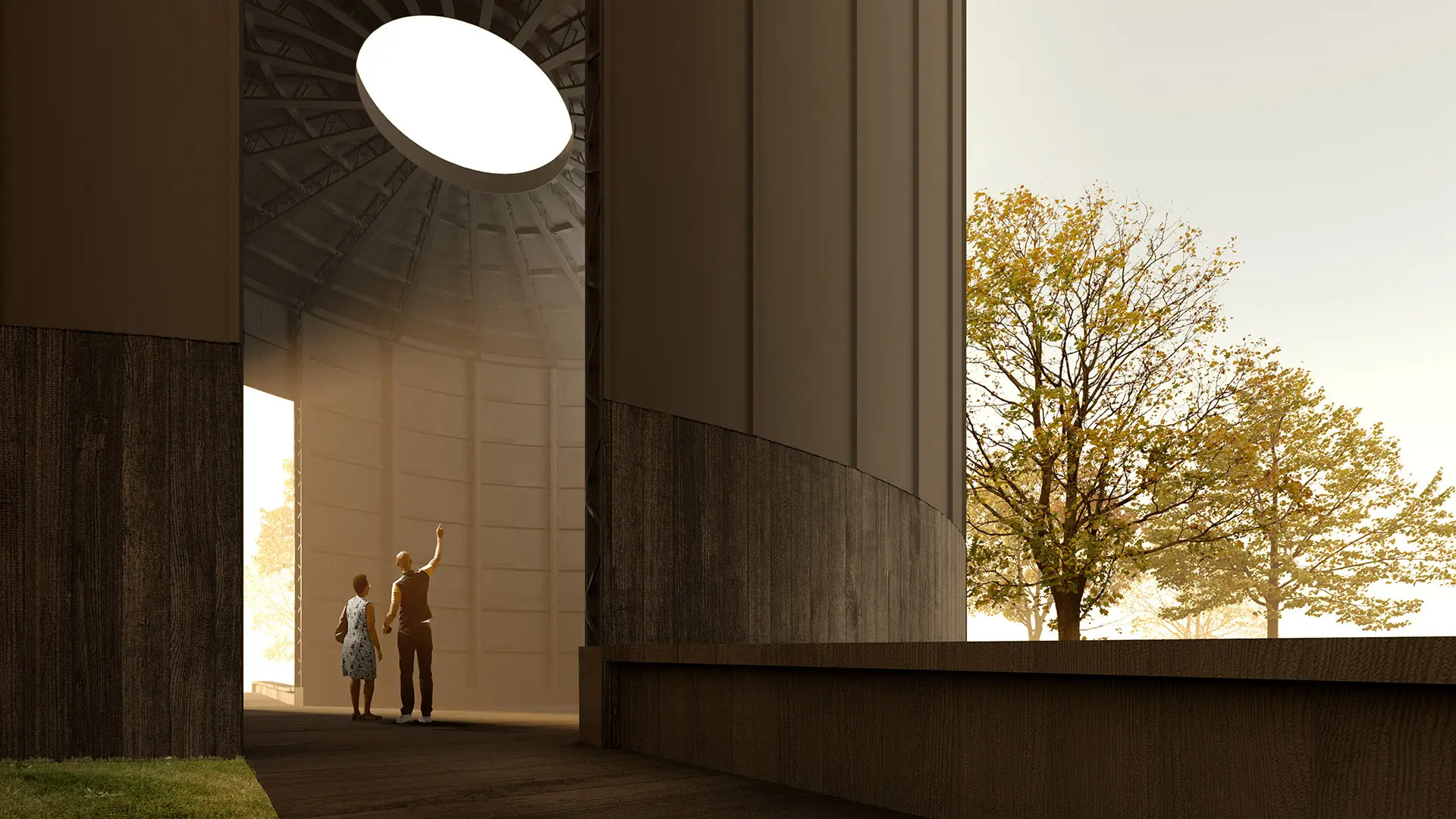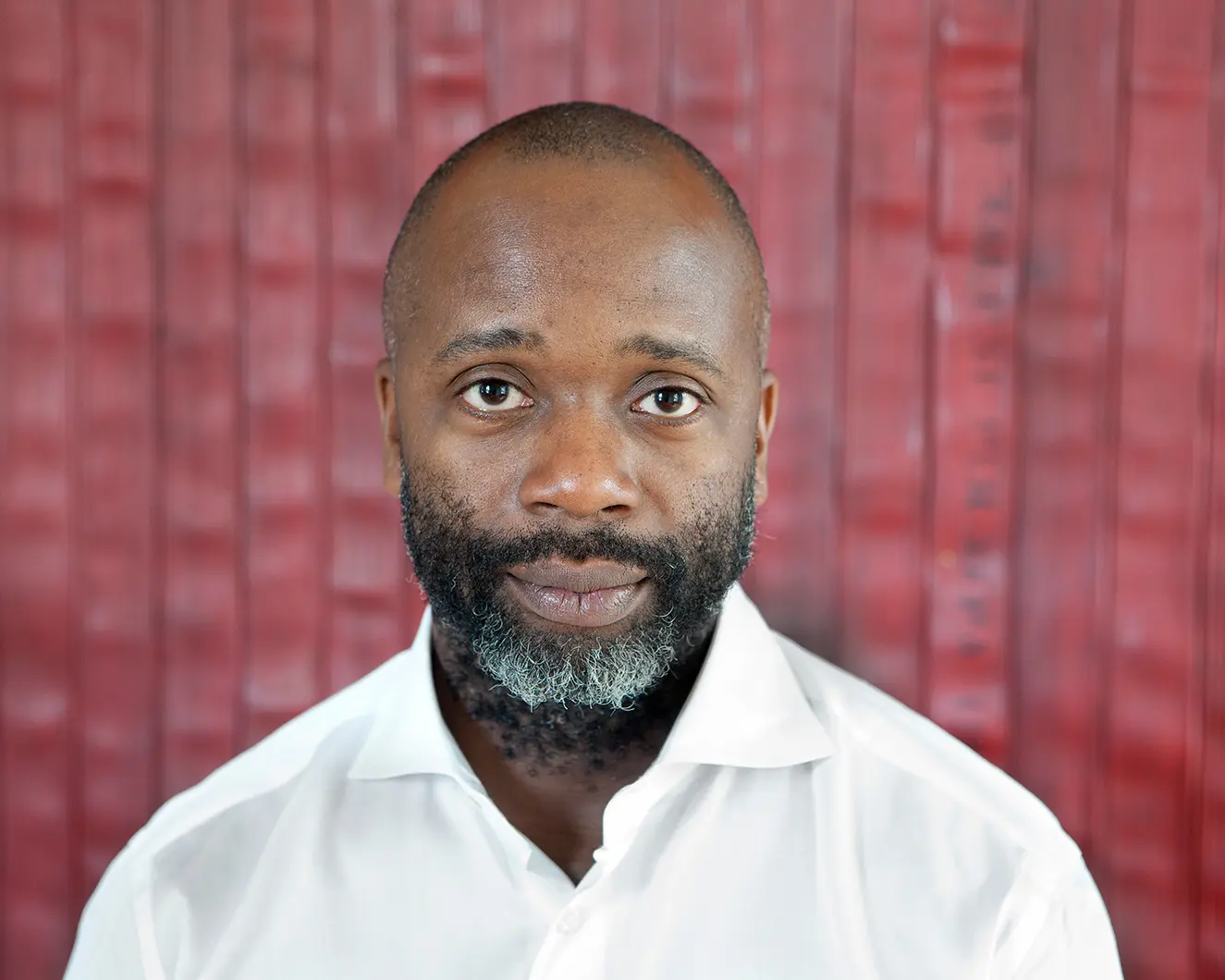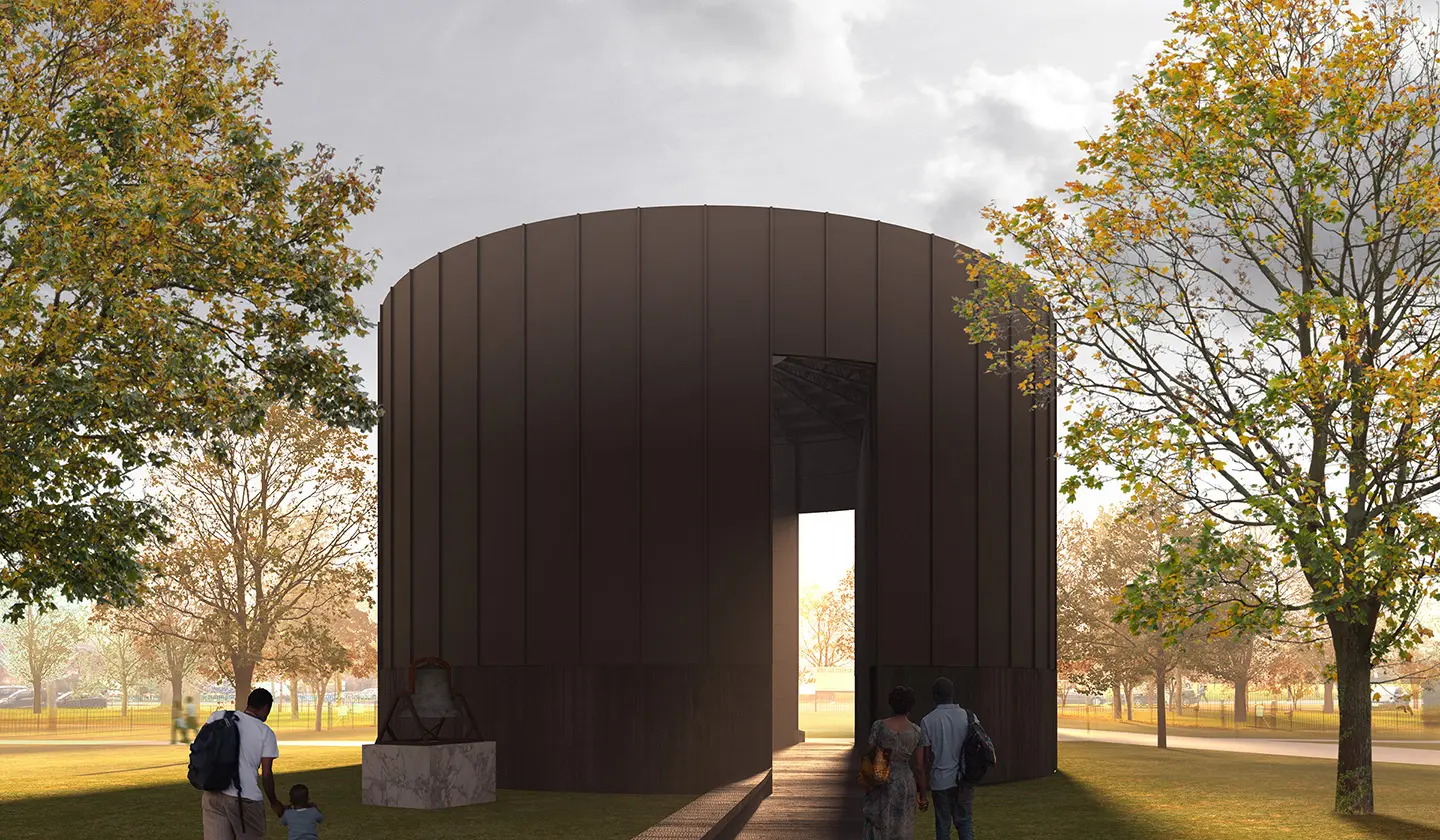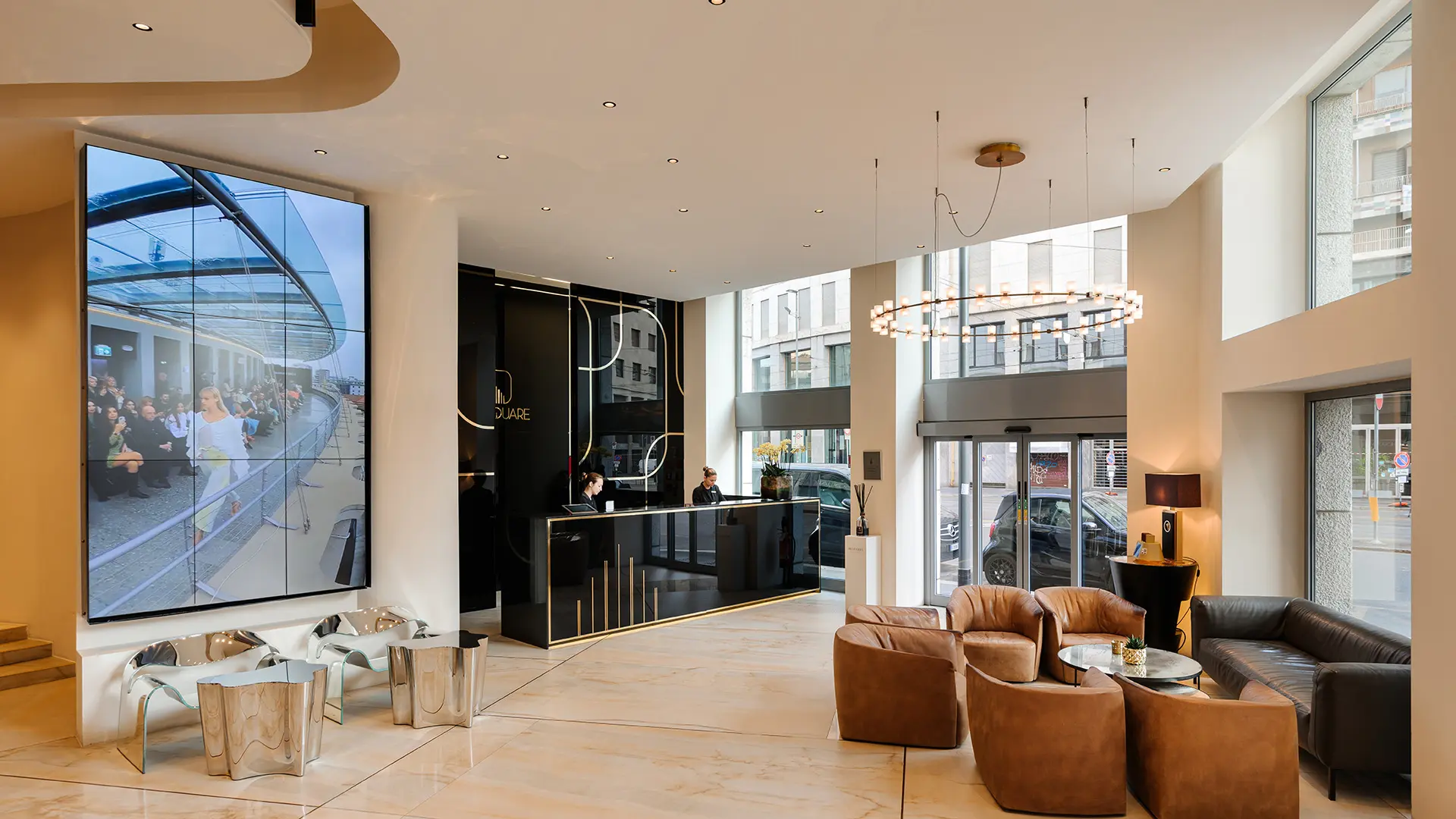In partnership with MiCodmc, a selection of establishments ripe for discovery during the 64th edition of the Salone del Mobile.Milano, from 21 to 26 April 2026
Theaster Gates designs the Serpentine Pavilion 2022

Serpentine Pavilion 2022, Black Chapel, render © 2022 Theaster Gates Studio
The Serpentine Pavilion is one of the most prestigious of all art/architecture crossover commissions. This year, it has been designed by Chicago artist/urban planner Theaster Gates, with architectural support from Adjaye Associates
The Serpentine Gallery took up residence in a former 1930s tea pavilion designed by James Gray West in Kensington Gardens, near Hyde Park, London, in 1970.
Every year since 2000, the Gallery has commissioned an international architect or studio to design a summer pavilion to be erected on the lawn in front of the gallery, which is freely accessible between June and October.
The list of commissioned architects reads like a design aristocracy Who’s Who: Zaha Hadid, Daniel Libeskind, Toyo Ito, Oscar Niemeyer, Alvaro Siza and Eduardo Souto de Mora, Rem Koolhaas, Olafur Eliasson, Frank Gehry, SANAA, Jean Nouvel, Peter Zumthor... That list could just as well be the honour roll of the Pritzker Prize, rather than the chronology of those first commissions. Some creations, such as Sou Fujimoto’s “cloud”/architectural garden (2013), live on in the collective imagination well beyond the installation’s ephemeral, three-month duration.

Theaster Gates, ph. Sara Pooley
Adopting an increasingly polycentric and global geographic approach, in recent years the Serpentine’s Artistic Director Hans Ulrich Obrist has commissioned emerging talent rather than established names. Last year, the pavilion was designed by South African Sumaya Vally, founder of Counterspace; the year before, it was Frida Escobedo and Diébédo Francis Kéré.
This year, the choice falls on Theaster Gates, a Chicago artist and urban planner whose profile perfectly fits the hybrid, constantly-shifting intersection between design and art typical of the Serpentine’s pavilions.
Gates is a sculptor, ceramicist and performer, a theorist and an activist. He has exhibited or made performances everywhere (from Documenta 13 to the Haus der Kunst in Munich, the Palais de Tokyo and the Prada Foundation). Above all, through the Rebuild Foundation he is involved in recovering abandoned spaces for marginalized African American and other communities. Gates’ artistic work explores the concept of “Black space”, which he describes as a “formal exercise defined by collective desire, artistic agency, and the tactics of a pragmatist.”
Black space is as physical as it is cultural, as may be seen from his works “Plantation Lullabies” (2017), a collection of 4000 pieces of what the artist defines as “negrobilia” (coins, figurines, sheet music, etc.), or “Black Vessel”, staged at the Gagosian gallery in New York in 2020, centring on the overlapping themes of manual labour and maternal love, or the project to transform the Liverpool docks where, together with the Asif Khan Studio, David Adyaje and Mariam Kamara, Gates is creating an International Museum of Slavery to add to this urban space the previously removed history of slavery and trafficking that, after starting in the colonies, ended up on the docks of Britain’s cities.

Serpentine Pavilion 2022, Black Chapel, render © 2022 Theaster Gates Studio
Consistent with its designer’s practice (starting from his name), the Serpentine Pavilion 2022 is called “Black Chapel”. The adjective evokes a determination of identity; the noun refers to a function, and even more to an evocative sphere. The design’s geographic definition is more hybrid: it is inspired by Stoke-on-Trent furnaces and almost entirely wooden workmanship, paying homage to the English manufacturing tradition. The artist also signals his roots in Chicago, the city where he was born and lives, literally transporting elements from it into the structure, such as a bell from the abandoned church of San Lorenzo on the South Side of Chicago, an area of ghettos, poverty, segregation and crime, where the population is 93% African American.
The “chapel” element refers to the more generic sphere of secular and trans-denominational spirituality, with illustrious antecedents in contemporary art up to and including the Rothko Chapel in Houston. Its circular shape and elliptical oculus to let in natural light shows an affinity with the Pantheon.
Gates explains the concept: “The name (...) Black Chapel also suggests that in these times there could be a space where one could rest from the pressures of the day and spend time in quietude. I have always wanted to build spaces that consider the power of sound and music as a healing mechanism and emotive force that allows people to enter a space of deep reflection and/or deep participation”.
The pavilion has been erected with architectural support from Adjaye Associates. It is open to the public from 10 June to 16 October.


 Salone Selection
Salone Selection








